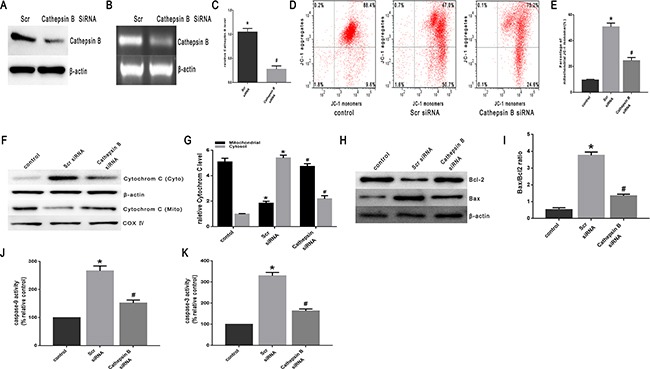Figure 7. Heat stress activates apoptosis in cathepsin B siRNA-transfectant SW480 Cells.

SW480 cells were transfected with scrambled siRNA(Scr)or cathepsin BsiRNA (cathepsin B). A. Western blots of cathepsin B protein expressed in SW480 transfectant cells. β-actin was run as an internal control. B. RT-PCR analysis of cathepsin B in SW480 transfectant cells. Total RNA was isolated from SW480 transfectant cells. Cathepsin B mRNA levels were determined by RT-PCR and analyzed on agarose gel electrophoresis. β-actin from the same samples was amplified as control. C. Quantification of RT-PCR for cathepsin B after heat stress. (D-K) SW480 transfectant cells were treated with 43°C for 2h and then further incubated at 37°C for 6h; D. Flow cytometry analysis heat stress-induced mitochondrial depolarization (low ΔΨm). E. The histogram represents the quantification of the percentage of low ΔΨm analyzed by flow cytometry. F. Intracellular location of cytochrome C was determined by Western blots. β-actin was run as an internal control. COX IV was used as a mitochondrial loading control. G. Quantification of Western blots for cytochrome C after heat stress. H. Bcl-2 and Bax were determined by Western blots. β-actin was run as an internal control. I. Quantification of Western blots for Bax/Bcl-2 ratio after heat stress. G. Enzymatic activity of caspase-9 was measured in cell lysates using afluorogenic substrate, Ac-LEHD-AFC. K. Enzymatic activity of caspase-3 was measured in cell lysates using a fluorogenic substrate, Ac-DEVD-AMC. The data shown represent the mean ±SD of at least three independent experiments, performed in triplicate. *P < 0.05, statistically significant relative to control (37°C), #P < 0.05, statistically significant relative to scrambled siRNA-transfected cells exposed to heat stress.
